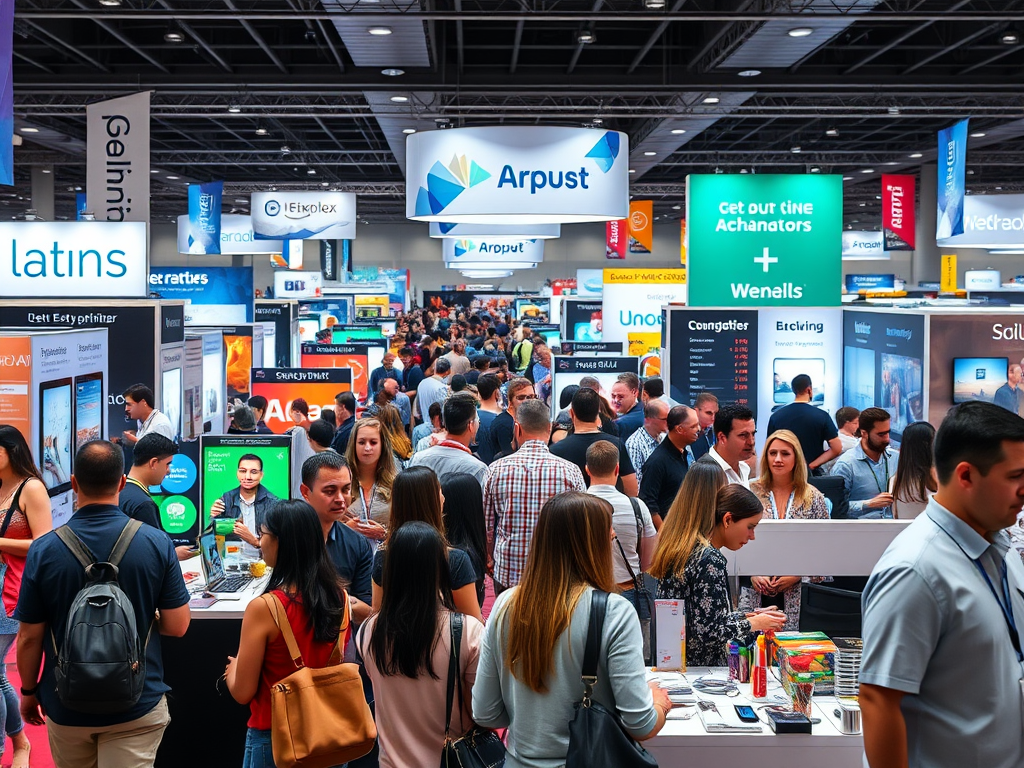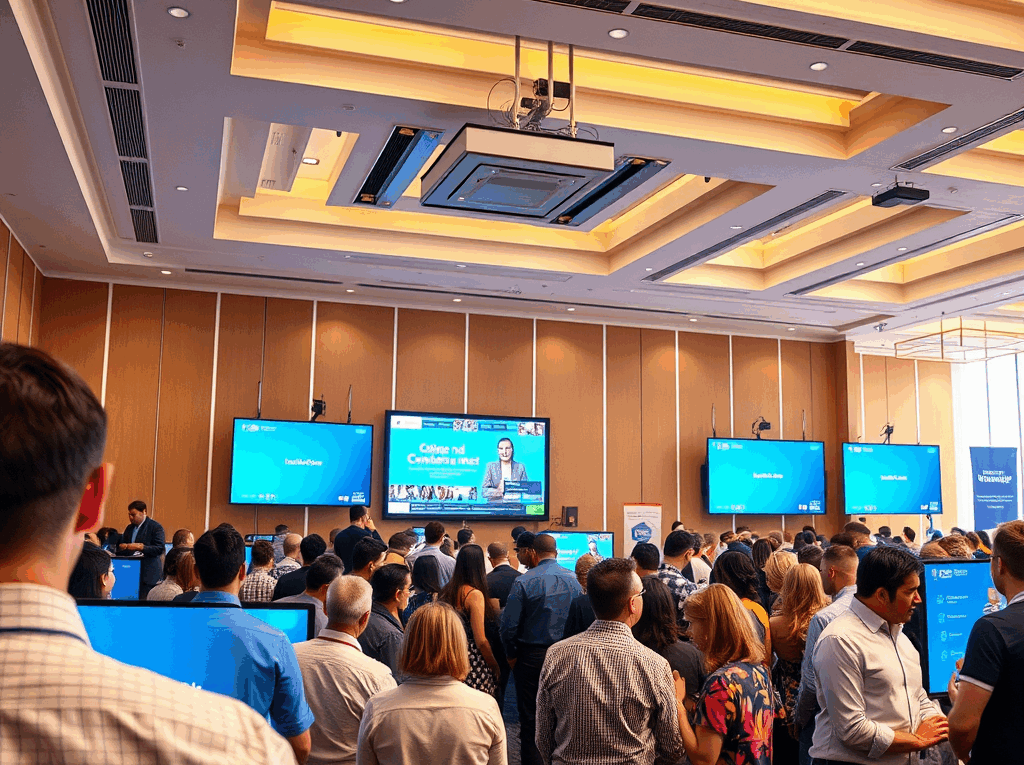Event Marketing: Online vs. Offline
In a world where engagement is king, event marketing has emerged as a powerful tool for brands to connect with their audiences. Whether it’s through digital platforms or in-person gatherings, the way organizations promote their products and foster relationships with customers has significantly transformed. With the rise of the internet and social media, events can now transcend geographical barriers and reach global audiences. However, the essence of personal interaction remains paramount in offline events. This article will delve into the myriad differences and similarities between online and offline event marketing, ultimately guiding brands in choosing the best approach for their objectives. Let’s explore the intricacies that define these two vital marketing strategies.
Understanding Online Event Marketing

Online event marketing leverages digital platforms—an approach that has gained traction in recent years. Formats such as webinars, virtual conferences, and live streams make it easier for organizations to connect with their audience without the constraints of location. This medium offers flexibility; brands can reach larger numbers of participants without the costly expenditures associated with traditional events. With tools like social media and email marketing, companies can generate buzz and enhance outreach effectively. Engagement remains a key focus, with many organizers utilizing immersive technologies and interactivity to foster connections during digital events. The effectiveness of this approach is largely driven by data visualization and analytics, which help evaluate the success of campaigns.
- Digital Promotion: Utilizes social media, email newsletters, and PPC advertising to drum up excitement before the event.
- Interactive Elements: Embeds polls, Q&A sessions, and live chats to create a two-way communication channel.
- Measurement Tools: Employs analytics to track engagement metrics, conversion rates, and ROI post-event.
Exploring Offline Event Marketing

On the other side, offline event marketing embodies the essence of traditional, face-to-face interaction. This method encompasses trade shows, conferences, seminars, and promotional events that provide immersive experiences for attendees. They allow brands to showcase their products in a tactile environment where engagement happens on a personal level. While less flexible compared to their online counterparts, offline events can create memorable moments that resonate deeply with audiences. Such direct interactions often lead to stronger relationships, as the human touch fosters trust and loyalty between brands and consumers. Success in offline events often rests on meticulous planning and execution.
- Personal Interaction: Face-to-face networking opportunities create stronger connections.
- Immersive Experiences: Attendees can engage fully with products or services in a tangible way.
- Brand Visibility: Physical events can enhance exposure through signage, handouts, and in-person testimonials.
Comparing Online and Offline Event Marketing
When it comes to choosing between online and offline marketing, brands need to carefully consider the implications of both methods. Each approach has its unique strengths and weaknesses that can drastically impact engagement and effectiveness. Cost effectiveness is a significant factor; online events typically incur lower expenses related to logistics and venue hiring. In contrast, offline events often demand substantial investments, yet they can yield rich, meaningful connections. Understanding these nuances becomes crucial for brands aiming to maximize their outreach without overspending.
| Aspect | Online Event Marketing | Offline Event Marketing |
|---|---|---|
| Cost | Generally lower; fewer overheads | Higher; venue and logistics costs |
| Audience Reach | Global; barriers of location removed | Local or regional; limited by geography |
| Engagement | Interactive digital features | Personal, hands-on interactions |
Recent Trends in Event Marketing
The fluid nature of event marketing means that it’s continually evolving, adapting to new consumer behaviors and technological advancements. One notable trend in online events is the integration of Virtual Reality (VR) experiences. Brands are exploring VR to craft immersive environments that allow participants to feel part of the event, even from home. Meanwhile, Augmented Reality (AR) is enhancing product demonstrations, giving attendees a richer experience during virtual gatherings.
Furthermore, offline events are also making a comeback as society recovers from the pandemic. Many organizations are adopting a hybrid approach by combining both online and offline elements. Such innovation ensures that while some attendees enjoy the benefits of face-to-face interaction, others can still participate remotely. This flexibility enhances accessibility and broadens the audience base, accommodating preferences wherever they may lie. Lastly, implementing health and safety protocols has become essential in offline event planning; brands must prioritize hygiene practices to assure attendees of their well-being.
Conclusion
In conclusion, the landscape of event marketing presents a variety of opportunities for brands willing to explore both online and offline methods. Each approach carries its unique set of benefits and challenges. Ultimately, a successful strategy often relies on combining elements from both spheres—integrating the expansive reach of online marketing with the personal touch offered by offline events. By understanding the essential components of each method, organizations can create resonant experiences that leave a lasting impact on their target audience.
Frequently Asked Questions
- What is the primary difference between online and offline event marketing? Online event marketing is digital and often more accessible, while offline event marketing involves live, in-person experiences.
- Which method is more cost-effective? Generally, online events tend to have lower costs associated with venue hire and logistics compared to offline events.
- How can brands measure the success of their events? Brands can use analytics for online events to assess engagement levels and conversion rates, while offline events can employ surveys and direct feedback from attendees to gauge success.
- Can online and offline events be combined? Yes, hybrid events that combine elements from both online and offline strategies have become increasingly popular, providing a comprehensive experience for attendees.
- What are some recent trends in event marketing? Key trends include the rise of virtual reality in online events and the implementation of health protocols in offline events.
